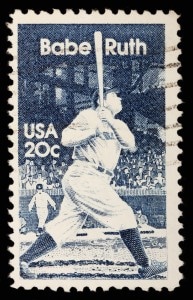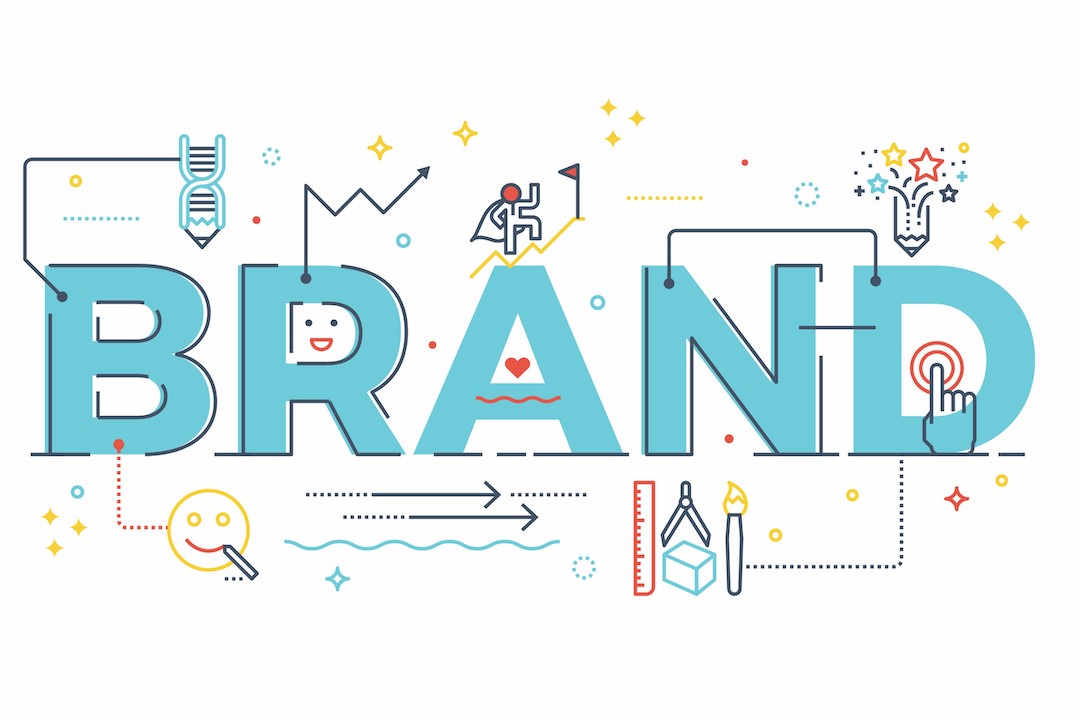 The results of successful product branding are all around us every day. Certain icon brands became synonymous with their products, like Kleenex with facial tissue, and Xerox with copying machines. Other brands imply high quality, such as Tiffany and Mercedes. Still, others bring to mind speed and dependability like FedEx and The Bullet Train.
The results of successful product branding are all around us every day. Certain icon brands became synonymous with their products, like Kleenex with facial tissue, and Xerox with copying machines. Other brands imply high quality, such as Tiffany and Mercedes. Still, others bring to mind speed and dependability like FedEx and The Bullet Train.
What all successful product (or service) branding has in common is the constant and compelling conveyance of a desirable attribute. Product Branding is not a vaccination, but an ongoing quest. You want to identify your product with the desirable attribute that compels your customer to buy it. You want your product to be viewed as satisfying your customer’s requirements.
Here are 5 key factors that affect the success of your product branding:
1. Time
From the first time your product is made available, it is satisfying a need, making customers happy, and gaining an ever-increasing loyal following. The longer it is out there, the more equity your brand has in terms of credibility, reputation, and historical performance. Time is a double-edged sword, however. You can’t just rest on your laurels. You have to continue to keep the brand promise, remain relevant to your customers, and change with their needs.
2. Niche
The narrower the market, the easier it is to dominate. In a narrow niche, where you’re the only game in town, you can use a family name and grow with the market, but that can take many years. Your family name may get the credit for establishing the market niche altogether. In most cases, however, the name of your branding should identify with the concerns of the niche. What reputation do you want your product to have in that segment?
3. Message
Your product branding message must communicate the desirable attributes and the brand promise. The message is conveyed with everything from the name to the logo, from the package to the signage, and from the price to the customer service. The logo and slogan will symbolize the message, not only of what you want to portray but also what you actually do. Poor performance or customer service can actually turn years of brand popularity against you.
4. Venue
Where is the product branding taking place? Is it on a monitor or TV screen? Is it in a display ad or a billboard? Is it audio or video? Is it in a store or on a website? How much time does your prospect have to get the message? How far away are they from your product? What else is out there surrounding your brand? Depending on the venue, your product branding will take different forms. Go everywhere you expect your brand to be seen and discover the solutions for each situation.
5. Association
What do you want your brand associated with? How can you emulate the popular examples of the attributes you want to communicate? Can you get a spokesperson who exudes experience and confidence to endorse your upscale product? Can you get a racing champion to testify to your speed? Does your product want to be shown next to an I-beam to demonstrate durability? Your product branding should identify with the established symbols, people, places and things that resonate with your brand promise.
Of course, there are many more aspects to product branding, but your relationship with these factors have either a positive or a negative effect on your success. Discover where, how, and when your product will be seen before you step up to the plate. With careful decisions, you will have a much better chance of knocking it out of the ballpark.


